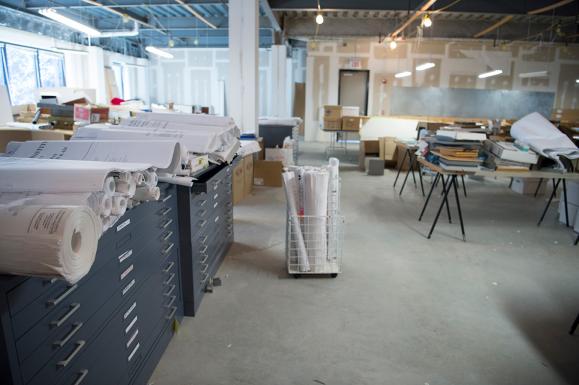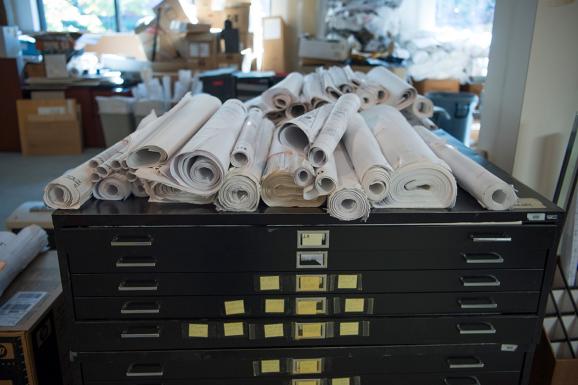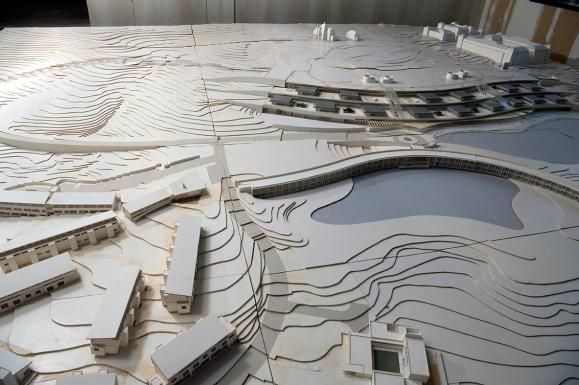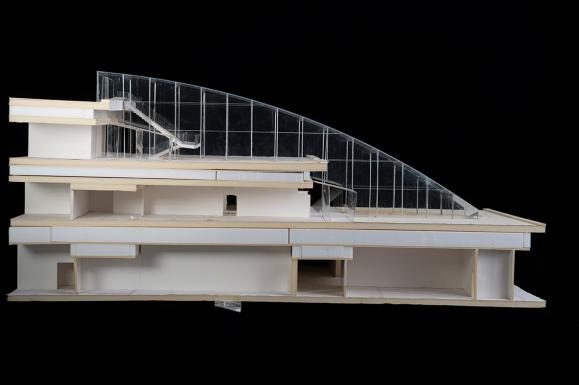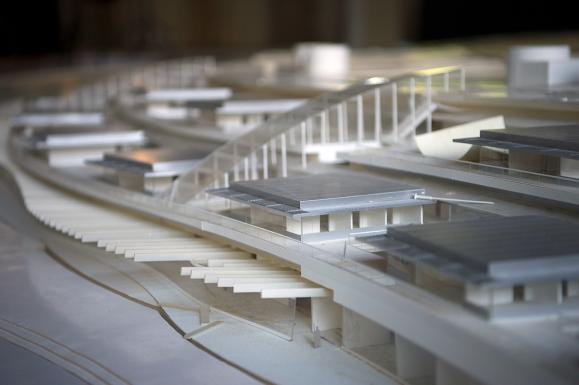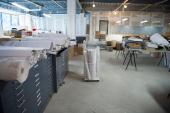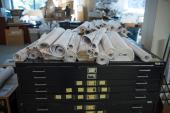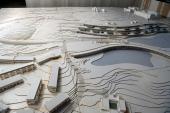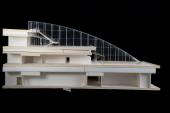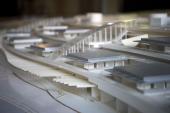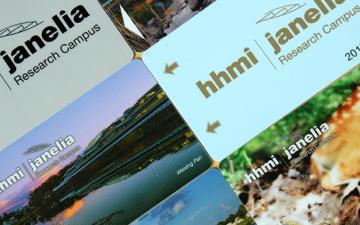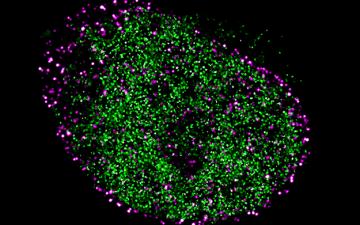Main Menu (Mobile)- Block
- Overview
-
Support Teams
- Overview
- Anatomy and Histology
- Cryo-Electron Microscopy
- Electron Microscopy
- Flow Cytometry
- Gene Targeting and Transgenics
- Immortalized Cell Line Culture
- Integrative Imaging
- Invertebrate Shared Resource
- Janelia Experimental Technology
- Mass Spectrometry
- Media Prep
- Molecular Genomics
- Primary & iPS Cell Culture
- Project Pipeline Support
- Project Technical Resources
- Quantitative Genomics
- Scientific Computing Software
- Scientific Computing Systems
- Viral Tools
- Vivarium
- Open Science
- You + Janelia
- About Us
Main Menu - Block
- Overview
- Anatomy and Histology
- Cryo-Electron Microscopy
- Electron Microscopy
- Flow Cytometry
- Gene Targeting and Transgenics
- Immortalized Cell Line Culture
- Integrative Imaging
- Invertebrate Shared Resource
- Janelia Experimental Technology
- Mass Spectrometry
- Media Prep
- Molecular Genomics
- Primary & iPS Cell Culture
- Project Pipeline Support
- Project Technical Resources
- Quantitative Genomics
- Scientific Computing Software
- Scientific Computing Systems
- Viral Tools
- Vivarium
The Janelia Archives
Artifact Name: Janelia Blueprints Building / Architecture
Building / Architecture
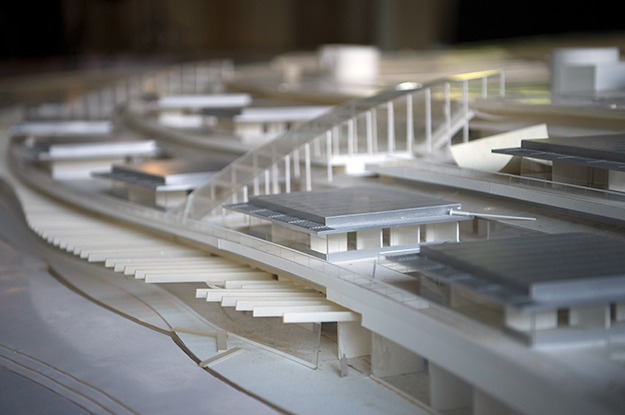
Developed by architect Rafael Viñoly, Janelia’s building plan followed criteria detailed in a building program laid out by HHMI’s architect Bob McGhee and Janelia’s director, Gerry Rubin. Viñoly’s plan put most of the program in a single structure, which he called the landscape building. Built into a sloping hillside above the Potomac River, the three-story, terraced structure has two upper lab floors and a meeting and service floor below. The lab floors are offset, allowing for outside terraces that serve as green roofs for the floors below. Office blocks located on the terraced green roofs facilitate easy collaborative flow between the labs and offices. Stairs traverse the building, connecting the floors in a straight run and providing both functional and visual ties. Public gathering spaces, including Bob’s Pub and a 250-seat auditorium, are located on the ground floor, with lofted bay support space behind, to accommodate large instrumentation.
Viñoly’s plan addressed the light limitations of a building terraced into a hillside in a variety of ways, including locating a glass-roofed corridor adjacent to the labs. Though the corridor stretches 900 feet, its serpentine shape mitigates long corridor views. The resulting site plan situates the gently curved landscape building overlooking a small lake and 96-room conference guesthouse, beyond which stands temporary housing for visiting scientists, postdocs, and their families. Janelia’s award-winning, sustainable design has received international attention from those seeking insight and inspiration, as well as from architects and other professional groups.
Awards
Excellence in Architecture, American Institute of Architects (AIA) DC Chapter Award, 2007 Presidential Citation for Sustainable Design, AIA DC Chapter Award, 2007 Citation, AIA New York State, 2007 Laboratory of the Year, R&D Magazine, 2007 Design Award, First Mention, AIA NY, 2002The architectural and technical details of Janelia’s landscape and peripheral buildings required reams of blueprints.
Architect Rafael Viñoly’s team developed Janelia’s building plan in alignment with criteria defined by key individuals at HHMI.
In addition to creating blueprints, Janelia’s architects built scale models of the campus, taking into consideration topography and terrain.
Built into a hillside, the three-story terraced landscape building includes a glass “waterfall” staircase that connects all floors while also providing multi-directional visibility.
Office blocks located on the terraced green roofs provide accessibility and visibility into interior lab spaces as well as the surrounding natural area.

